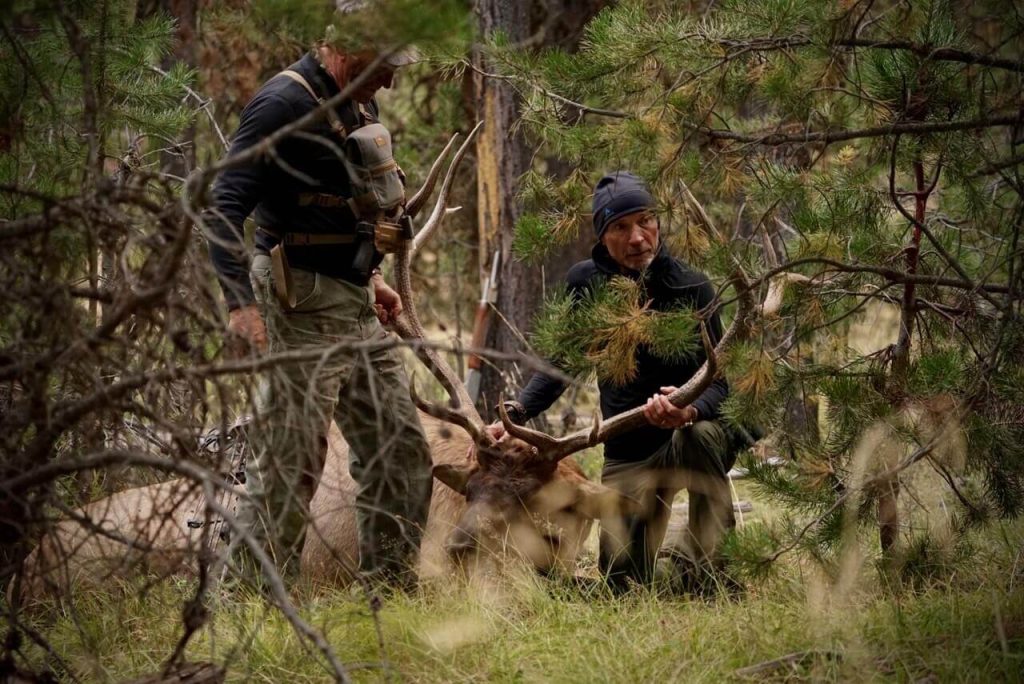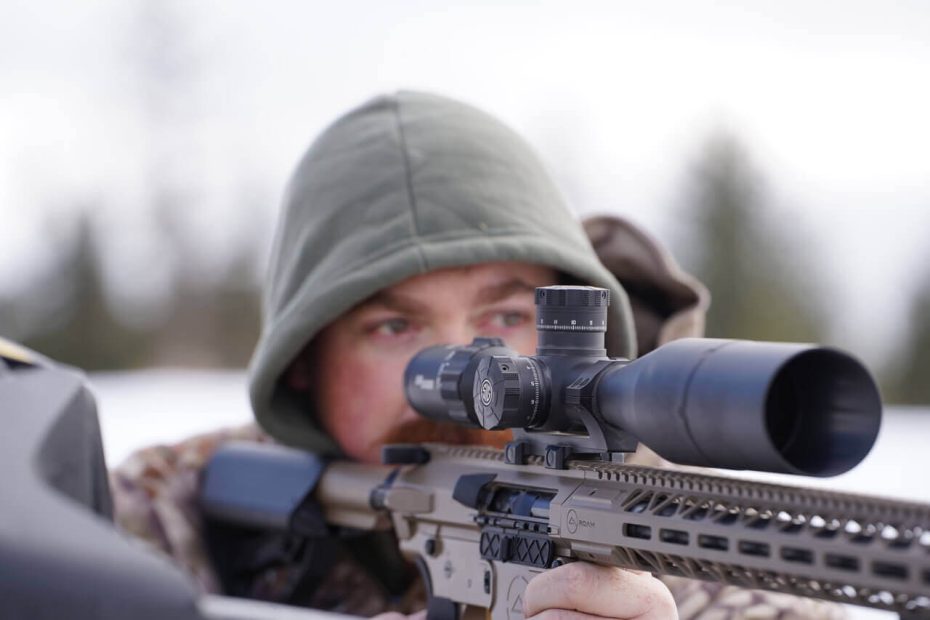Estimated reading time: 6 minutes

The stakes are high for everyone involved. On one side of the conflict is a hunter intending to kill an animal, on the other is an animal that very much wants to stay alive. Two forces tear at our minds, the fear of loss and the desire for gain. Our goal of a successful harvest is often caught in the middle of this mental tug-of-war, and if we aren’t careful, we lose balance and make costly mistakes.
The game of shooting is mostly mental, but what we practice the most are the physical elements, hoping that our mind goes along for the ride. When the pressure builds, hunters who practice good mental management will settle into their process, trust their skills and equipment, and make a good shot– and others will fall apart and miss, or wound. Here are five things you can do to strengthen your mind.
Table of contents
Mindfulness
Be aware of your circumstances. Some key features to measure in mindfulness regarding hunting are the wind speed and direction, the location and disposition of your target animal, your own fatigue and comfort, and the path your projectile must take to reach the target. Many shots are missed each year when arrows or bullets hit a branch on the way to the animal.
Typically the shooter will say it was a branch they couldn’t see. The reality is often that it was a branch they just didn’t see. Stressful situations restrict our brain’s ability to interpret details from our peripheral vision, a mindful hunter will intentionally observe their surroundings constantly and maintain an awareness about that situation. Mindfulness also keeps you focused on the task at hand, rather than letting your thoughts drift to things that are or might be happening somewhere else.
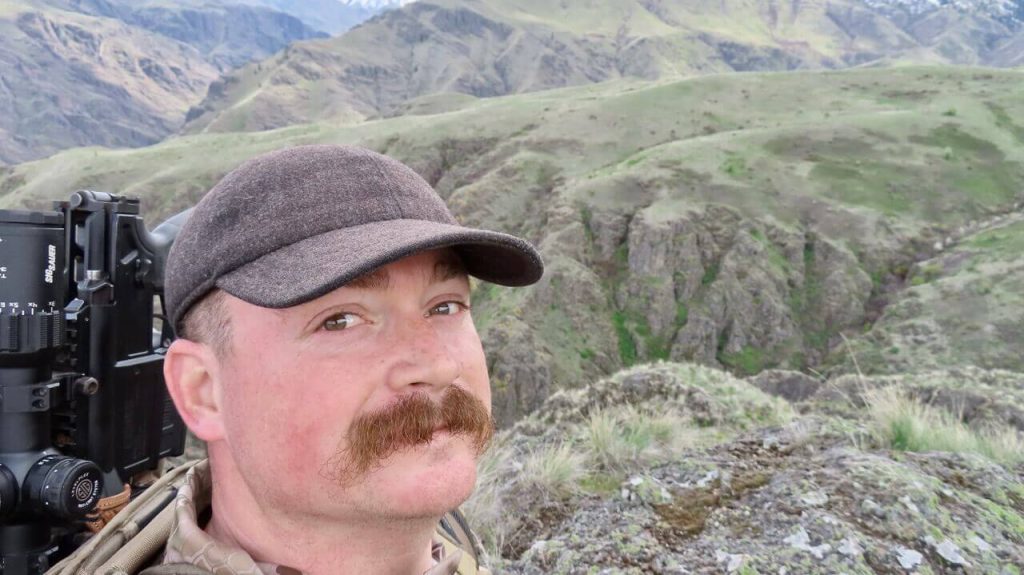
Visualization and Mental Rehearsal
Watch an Olympic pole vaulter before beginning their approach. Before they physically move an inch, they have mentally rehearsed and visualized every single step they’ll take, the pole bending, their feet rising, the push as their body arches over the bar, and then fall onto the mat. We can visualize a successful outcome in much less time than it takes to achieve it. Visualization is a skill and users improve their ability to practice it over time and with practice.
Be honest in your visualization and include details that carry all the way to the follow-through. See your pin or crosshair on the exact portion of the kill zone you intend to hit, see the bullet or arrow impact. See yourself reloading to prepare for a follow-up shot. We all know that practice allows us to improve skills and that mental rehearsal allows you to get one more practice session during the split second before your actions turn that manifestation into reality.
Breathing Techniques and Mind Relaxation
One of my hunters earlier this year was practicing on the range by standing at 20 yards on level ground and firing arrows into a 3d elk target. I noticed after each shot he had to take a deep breath. The next time he drew I realized he was holding his breath the entire time he held back his bow. That action makes it extremely difficult to hold a bow back for much longer than 10-15 seconds. We can go for weeks without food, and days without water, but only minutes without air. You have to breathe.
READ MORE: Mental Rehearsal: Firearms Training Without Gun or Ammo
As it turns out, there are methods for breathing that can be calming for our body. The methods vary widely and I suggest finding one that works for you. There is one that I’ve used for many years to keep cool in combat, while hunting and guiding, in whitewater rapids, rock climbing, and other stressful situations.
Breathe in through your nose for five seconds as deeply into your diaphragm as possible. Hold for five seconds, and breathe out through your mouth for five seconds starting with the air in the top of your lungs and ending with the air towards your belly. Then hold for another five seconds and then repeat for three cycles. I can typically lower my heart rate by 15-20 beats per minute in the 60 seconds this exercise takes.
While watching a buck following a doe across a cut cornfield towards your tree stand, this exercise can be the real difference that keeps you calm, centered, and prepared to make a good shot.
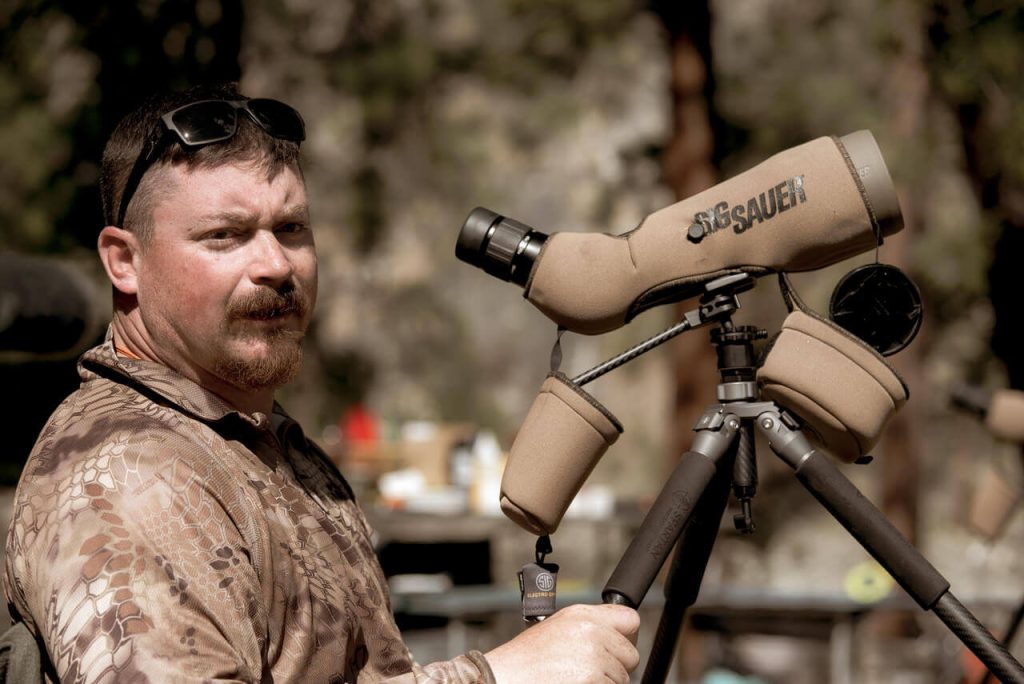
Positive Self-Talk and Affirmations
I am guilty of saying mean things to myself before making a bad shot. That list, while quite extensive, includes phrases like “don’t jerk the trigger,” “he’s not going to stand there forever,” “the wind is about to shift,” and a lot of others not fit for these pages. When I say things to myself like “You’re a good shot and you’ve made harder shots than this,” “This is a great rifle,” and “All your hard work is about to pay off,” then I make excellent shots.
The world is full of folks who don’t know you and are ready and willing to criticize and tear you down. There are just a handful of people who do know you who want nothing but the best, have massive and unwavering confidence in your abilities. They can’t wait to celebrate your success. Be a friend to yourself, not an enemy.
Cognitive Behavioral Techniques (CBT)
You can build endurance and resilience by practicing techniques that ruggedize your thoughts. Actively challenge irrational and negative thoughts whenever you detect them. If you are elk hunting and you are in elk country, and the thought crosses your mind that you aren’t going to see any elk, then challenge that. Why is that the case? You could see an elk at any moment as long as you keep looking, that thought is irrational because the fact that you haven’t seen an elk yet has nothing to do with whether you are about to.
Optimism is free. Pessimists are so scared of disappointment that they believe a negative outcome will happen before it ever has, and suffer for a greater length of time as a product of that negativity. If you remain positive, optimistic, and rational you’ll native nuances of opportunity that the Debbie Downers never will.
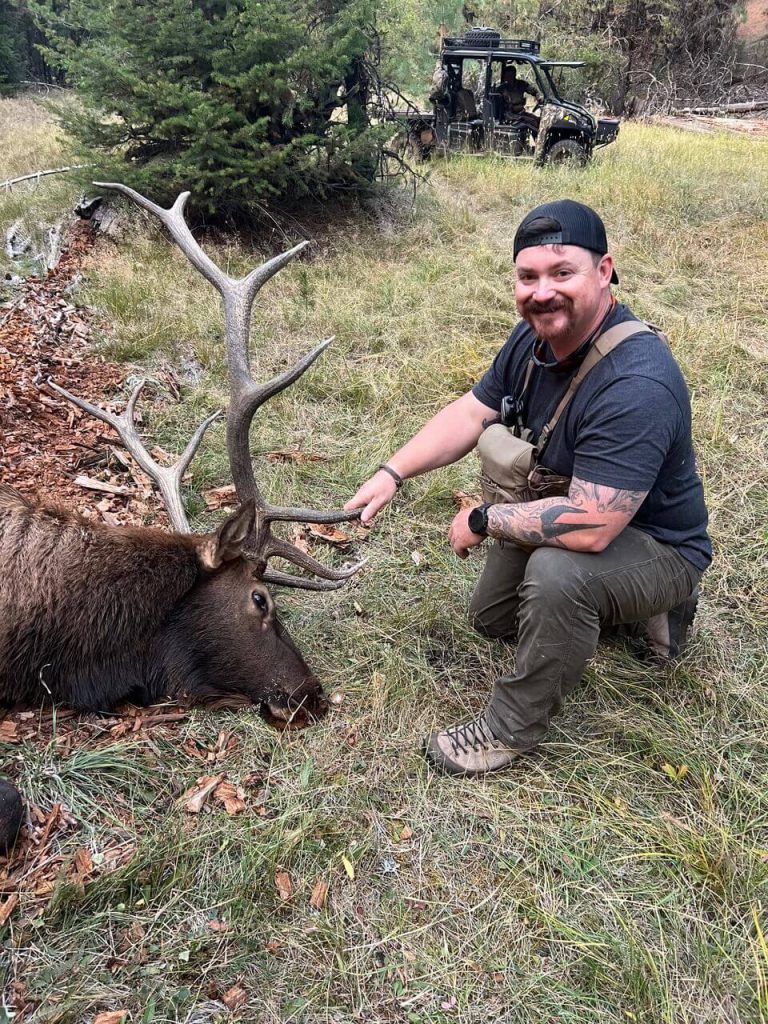
A Mind Over Matter Game
Every time I leave base camp with a hunter I ask if they have their bow, arrows, tag, headlamp, rangefinder, and release. When they say yes to that list I ask if they have their “killer mindset”. Surprisingly I get a variety of answers. Those who calmly and resoundingly answer yes are usually the ones who will get to reach down and wrap their hand around the antler of a bull elk. They get to realize with a breath that this is the moment they visualized.
